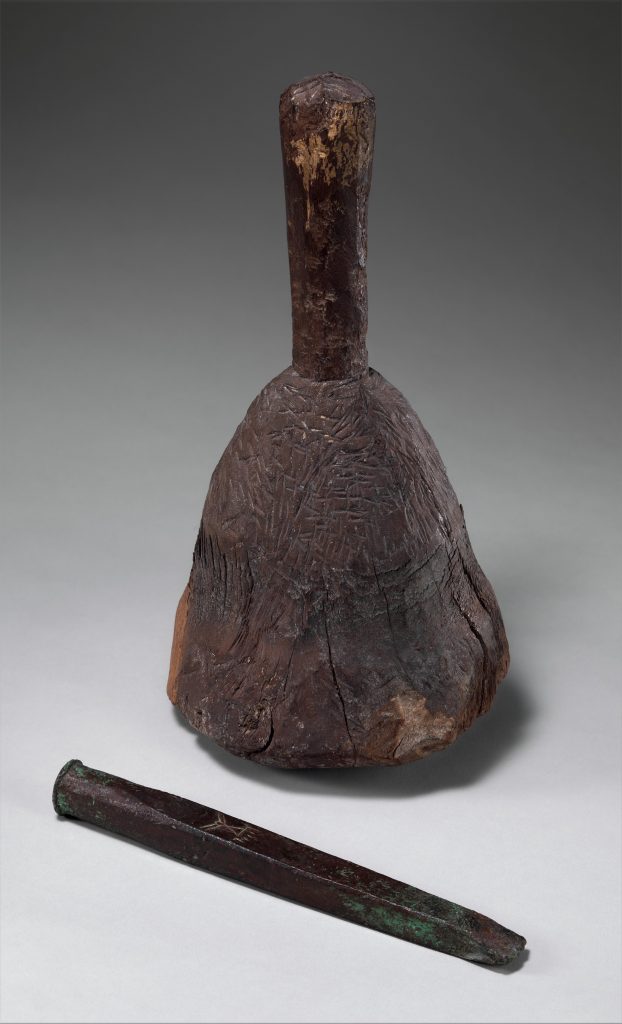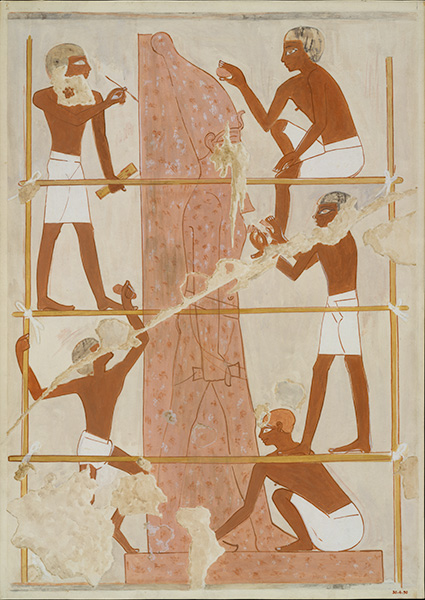A lecture by Dr Martin Odler, 6th September 2025.
Martin Odler’s lecture proved immensely informative as he sought, using his own extensive research, to explode certain myths concerning the use of metals in Ancient Egypt.
Martin is a world expert on the use of copper in Ancient Egypt and he started by explaining to us that the Ancient Egyptian concept of metals was very different to our own. There was no word for metal in particular, and iron and copper would be written with the same hieroglyphs – the word was biⳍ, which also meant bronze. So, if it wasn’t gold, silver or electrum (a gold/silver alloy) it was in the same “conceptual box” – shiny, sharpenable, hard stuff!

Early twentieth-century metal analysis was unable to test for arsenic, and so the idea became established that there was a “copper age” when only soft copper tools were available. However, more advanced techniques of analysis have shown that from an early time copper was alloyed with arsenic, a dangerous process but one which yielded “arsenical bronze”. Arsenical bronze has a hardness similar to “tin bronze”, an alloy with which we are all much more familiar.

So ancient Egyptians were able to use arsenical bronze to work hard stone, but that didn’t mean that arsenical bronze tool were always the preferred means of working stone. Martin showed us that, using flint tools, hard stones (for example granite) could be successfully worked to inscribe detailed and clear hieroglyphs.

Martin moved on to show us how it is possible, by looking at patterns of wear, and microscopic scratchings (so called “traces”) to determine how the various copper artefacts were used – for example, were they woodworking chisels, or weapons? He also showed us how it is possible by close examination to work out whether a particular mark was made with metal or with stone (flint).

Photo courtesy of Revista del Museo Elgizio https://rivista.museoegizio.it/
Martin’s lecture left us feeling admiration for these early metallurgists as they sought to develop new materials to allow them to master their challenging world. Our thanks to him for giving us his time and sharing his expertise.
Views: 17
